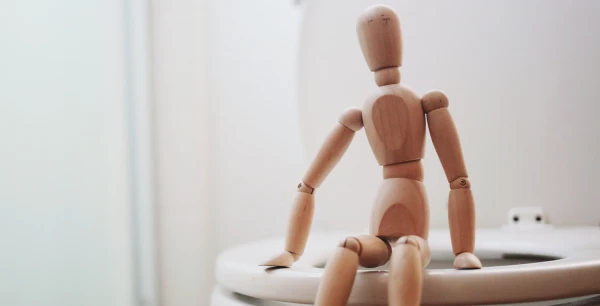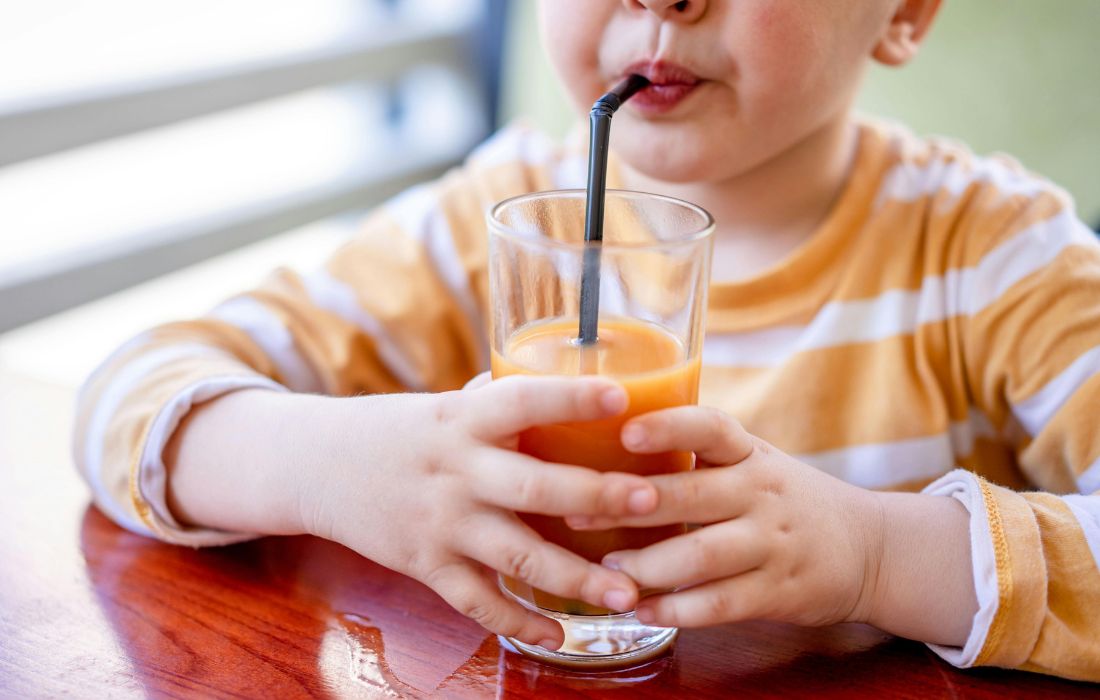Parents often have a lot of questions about toilet training and how it interacts with sleep. You’ll learn:
- The “potty training window”
- Start potty training in the daytime
- Use pullups for naps and sleep for now
- Avoiding the potty as a bedtime stall
- Potty training is a milestone!
Sleep Training and Daytime Potty Training
I don’t see any problem doing sleep training and daytime potty training simultaneously as long as the child is ready, able, and reasonably enthusiastic. Indeed children often have a “window” between 18 and 30 months (later is not abnormal, don’t worry about it) when they are quite interested in at least starting potty training. Seize that moment or you might have to wait months for another chance. Conversely, if you don’t see that window, if a young toddler resists your early efforts, don’t push it. If he isn’t ready, it won’t go smoothly so don’t rush it. Try again later when your child is receptive and enthusiastic. Most children are potty trained by day sometime between age two and three, some earlier, some later. Girls are usually, but not always, earlier than boys.
Start Potty Training During the Day
I’m not going to get into all the different theories and techniques of potty training (thats a different article) except to recommend that you start with potty training during the day and not worry about him staying dry during naps or nights initially. At naptime give him a diaper or pull-up until he stays dry for several naps (if not 7-10days) in a row. Leave nighttime for last. In fact, as far as I’m concerned you can leave a diaper or pull-up on at night all the way up to age four or even five if that’s what it takes.
Many children learn to stay dry at night on their own in time, and it makes no sense to expend all this energy teaching a child to sleep all night and then confusing him by waking him up to go pee! On the other hand some children need until age four or five for the bladder to grow big enough to contain a night’s urine production or for his sleepy brain to learn how to respond when his bladder shouts full. You should encourage him to use the potty right before going to bed and before naps but don’t get into a struggle over this.
Some parents also decide at some point that they want to wake him up briefly before they go to bed themselves, particularly if he’s been dry at daytime for a while or if he really has come to dislike the nighttime pull-up. But really don’t force this, he will probably just develop this ability on his own when he’s ready.
Avoid the Potty as a Bedtime Stall
With a newly trained child, however, the potty can itself become yet another bedtime stalling tactic. When a child says he has to “go potty” you are of course going to let him get out of bed and go potty – once and only once. But keep it boring. No talking, no games, no show and tell. Just potty. Then put him in a diaper or pull-up (if that is what he is wearing), reassure him it’s fine to use the diaper at night, and get him to bed. Some parents decide to escort their child to the bathroom and then stand in the hallway facing away from their child and silently waiting until he is done. Don’t make it a party or that will be his favorite stall tactic!
If he says he has to go potty again five minutes later, tell him that he’s out of luck, it’s too soon to go again, he can wait until morning, and make sure he knows there is nothing wrong with using a diaper or pull up overnight. Some parents who feel uncomfortable with this stance will tell their children to go to the potty on their own this time. I have even had parents put a portable potty in a child’s room so they can go independently. Just hope they don’t knock it over!
If he gets in the habit of having a dirty diaper at about 5 a.m., change him (change him in the crib if you are agile enough and he is still in a crib) in as dim a light as possible. Do not interact or be playful or get into your “morning time” routines. Your goal is to make clear to him that it’s not yet morning time, that he gets up when it’s morning time, not because he had a dirty diaper. Help him get back to sleep.
Bedwetting
After age five, bedwetting still affects about one in ten children. It’s twice as common in boys as girls. The reasons for bedwetting are not well understood but there is often a family history. Many doctors now regard it is a parasomnia, a sleep disorder found in deep sleepers. Sometimes bedwetting – particularly if the child was trained at night but then starts wetting the bed again- can be a sign of sleep apnea so discuss that possibility with your doctors. Some experts contend that many are simply deep sleepers who have trouble rousing themselves in order to go the bathroom.
Talk to your doctor and rule out any problems. Many pediatricians tell parents of healthy kids not to worry much about bedwetting until the child is seven or eight years old and starts sleeping over at friends’ houses. If you want further resources, I like Howard Bennett’s book “Waking Up Dry: A Guide to How Children Overcome Bedwetting” and Alison Mack’s book “Dry All Night: The Picture Book Technique that Shops Bedwetting”.
Toilet training is a major developmental milestone so expect temporary social, emotional, feeding and sleep disturbances. You may occasionally hear about a child who trained in just a few days but don’t worry if your child takes weeks or months, that’s perfectly normal. Be patient and celebrate achievements!




